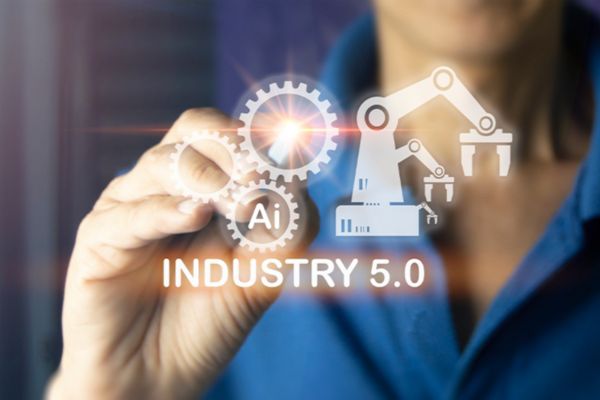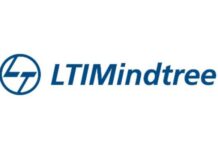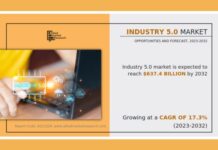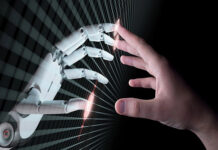In the wake of technological advancements, the concept of Industry 5.0 has emerged as a beacon of change, redefining the dynamics of the workforce. Unlike its predecessors, Industry 5.0 transcends mere automation and emphasizes the symbiotic relationship between humans and machines, ushering in an era of unprecedented collaboration and innovation. As organizations navigate this transformative landscape, it becomes imperative to understand the multifaceted impact of Industry 5.0 on the workforce and devise strategies to facilitate a seamless transition and upskilling of employees.
Understanding the Impact
Industry 5.0 signifies a paradigm shift in the way businesses operate, with a profound impact on job roles, skill requirements, and employment trends. Phani Tangirala, Head of Solutions and Delivery at Expleo, aptly highlights the importance of skilling, upskilling, reskilling, and unlearning to thrive in this new era. With the integration of advanced technologies such as AI and robotics, mundane tasks are automated, paving the way for a workforce that prioritizes problem-solving prowess, creativity, critical thinking, and emotional intelligence. However, this evolution also brings forth the challenge of job displacement for those clinging to outdated skills.
Strategies for a Smooth Transition
To ensure a smooth transition and empower employees to thrive in Industry 5.0, organizations must adopt comprehensive strategies that foster continuous learning, adaptability, and digital literacy. Bhuvan Desai, VP of Operations at Uplers, underscores the importance of championing training programs that prioritize digital skills, resilience, and interpersonal abilities. These strategies not only equip employees with the requisite skills for the digital age but also cultivate a culture of innovation and lifelong learning.
Establishing a Culture of Continuous Learning
Central to navigating the transition to Industry 5.0 is the establishment of a culture of continuous learning within organizations. This involves leveraging online courses, workshops, mentoring programs, and gamification to facilitate skill development and keep employees updated with evolving technologies. By embracing lifelong learning, organizations empower their workforce to adapt to changing job roles and stay ahead in a competitive landscape.
Providing Access to Cutting-Edge Tools and Resources
In addition to fostering a culture of learning, organizations must provide employees with access to cutting-edge tools and resources to enable the practical application of new skills. This could involve investing in technology infrastructure, software platforms, and collaboration tools that facilitate human-machine collaboration and enhance productivity. By equipping employees with the necessary resources, organizations empower them to embrace technological advancements and drive innovation within their respective roles.
Collaborating for Customized Training Programs
Collaboration between businesses, educational institutions, and industry experts is essential for the development of customized training programs that cater to the specific needs of Industry 5.0. Er. Koneru Lakshman Havish, Vice President at KL Deemed to be University, emphasizes the importance of governments, businesses, and the educational industry working together to develop comprehensive training initiatives. This could involve creating tax incentives for training, developing courses based on Industry 5.0 needs, and investing in employee development to bridge the skills gap and ensure a smooth transition to the new era.
Industry 5.0 heralds a new era of human-machine collaboration, where the workforce is empowered to leverage advanced technologies to drive innovation and productivity. However, navigating this transition requires a concerted effort to upskill, reskill, and adapt to changing job roles and skill requirements. By embracing a culture of continuous learning, providing access to cutting-edge tools and resources, and collaborating for customized training programs, organizations can empower their workforce to thrive in the realm of Industry 5.0. Together, these strategies pave the way for a future where technology complements human ingenuity, resulting in a happier, more resilient, and more productive workforce.















